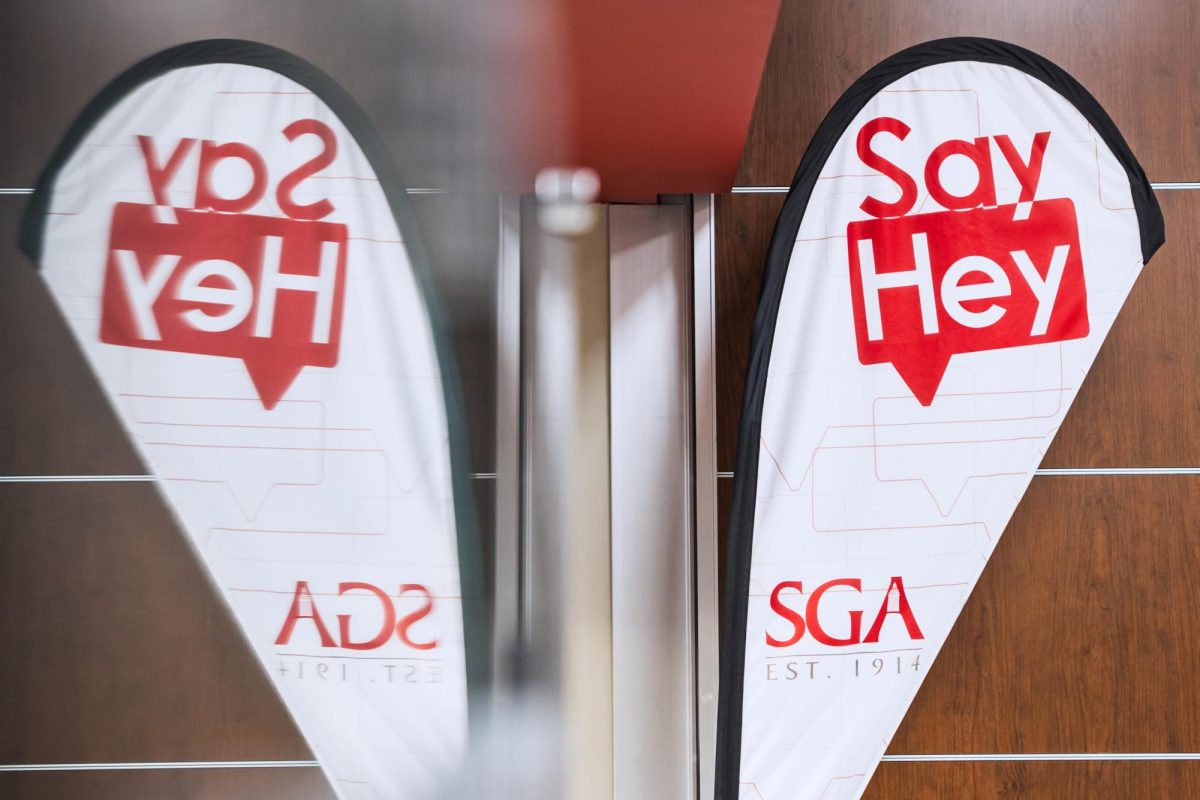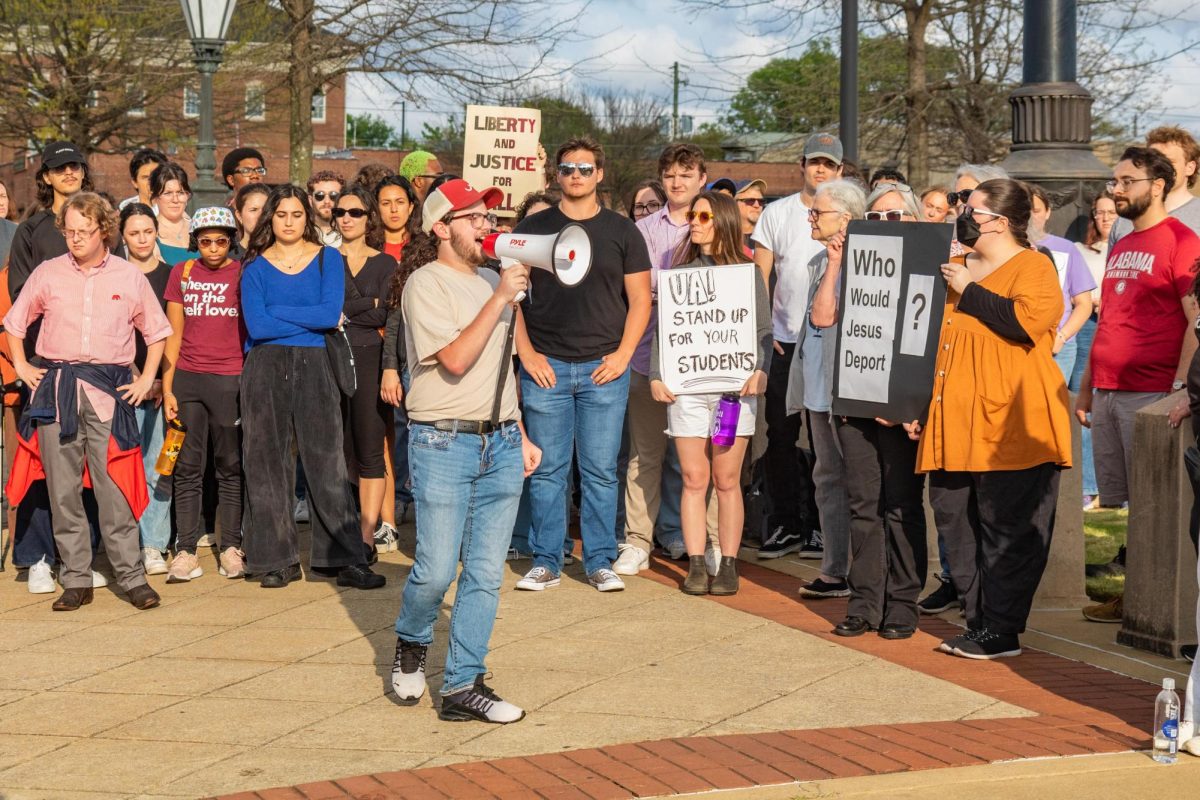In an article released in Science magazine last week, a team of University of Alabama faculty and students announced it had devised an efficient method of recycling hydrogen, a step in the direction of widespread use of hydrogen as an alternative fuel to gasoline.
The team, headed by David Dixon, has worked in conjunction with Los Alamos National Laboratory for the past six years on hydrogen research. Dixon co-authored the article with Edward “Ted” Garner III, a graduate student; J. Pierce Robinson, a UA undergraduate and Monica Vasiliu, a post-doctoral researcher.
The University team was responsible for computer modeling work that predicted the kinds of reactions that were to occur, while Los Alamos took on the experimental portions of research.
According to Dixon, the basic idea of the experiment is to run a car using a fuel cell, which will be powered by hydrogen gas and oxygen.
“Think of hydrogen like gasoline works today, except it’s a gas rather than a liquid,” said Dixon, Robert Ramsay Chair of Chemistry at the University.
When hydrogen is placed in the fuel cell, it reacts with oxygen to make water and gives off energy, which runs the motor of a car when converted to electricity.
Dixon said the difference between hydrogen and gas is that hydrogen is cleaner. Gasoline-powered engines release carbon dioxide into the atmosphere, which can cause environmental damage.
“Right now we dump our combustion out of our tailpipe,” Dixon said. “With the hydrogen, we release it but we don’t let the compound left over out in to the environment, it stays in the car. So we’re going to have to take that spent fuel – the waste – and add hydrogen back to it so that we can have a new fuel.”
According to Dixon, researchers on the project published a paper several years ago with chemistry describing a recycling method, but later experiments involving the calculations revealed that it was not an economically efficient process.
“We didn’t know how to efficiently re-add the hydrogen back into the fuel. The paper that came out in Science is all about how to do that,” Dixon said.
The new process involves placing hydrogen into a more stable compound called ammonia borane.
“We take ammonia borane as a solid or liquid, a simple stable compound to handle, and we can release the hydrogen when we need it to run the fuel cell and the car,” Dixon said.
This method only releases nitrogen into the atmosphere, and the spent fuel remains in the car to be used again.
While Dixon said he believes the use of hydrogen as an alternative fuel will be widespread in a decade, our current infrastructure is not built to handle it presently and there are many questions and problems left to be solved.
“How can we make this fuel liquid so we can pump it around?” Dixon said. “The problem with hydrogen is that it is so small it will go through all the seals we currently have. We’re still working on it.”
The final hurdle in the process is that hydrogen production is expensive, and therefore use of it as a fuel is not currently practical.
“We have to continue to find a good way to make hydrogen by using solar power to split water,” Dixon said. “There are methods to do this but they aren’t as economically viable as we would like, or involve making carbon dioxide, which is what we’re are trying to avoid.”
The four researchers worked as a team to complete the various aspects of this project, according to Vasiliu.
“Everybody had their part of the chemistry to work on,” Vasiliu said.
Garner said they started out with virtually no information on the process they were researching, and had to build from the ground up. Now they’re continuing research to perfect the process.
“Now that Pierce and I have figured out a better idea of what’s going on, we’re doing other calculations to figure out the pathway that makes it 100 percent efficient,” Garner said.
While not practical in today’s society, Dixon said he believes the work he and his colleagues have done and continue to do will revolutionize future transportation industry.
“When we have a cheap source of hydrogen, we now have a process that can work in industry,” Dixon said.








